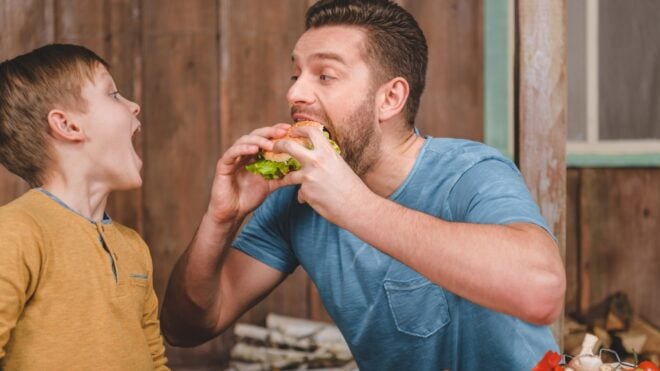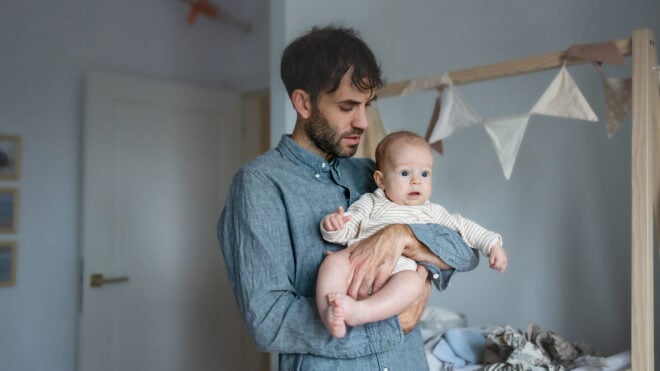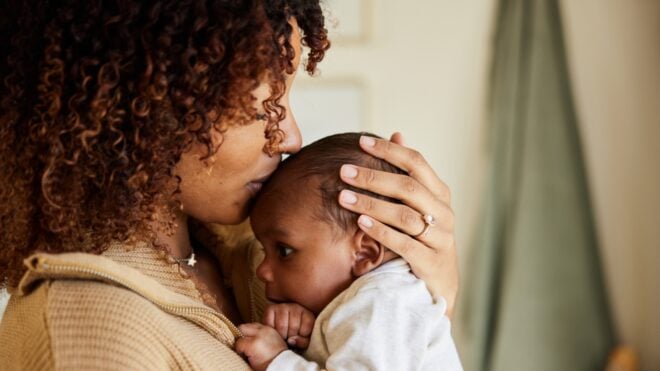The greatest gift
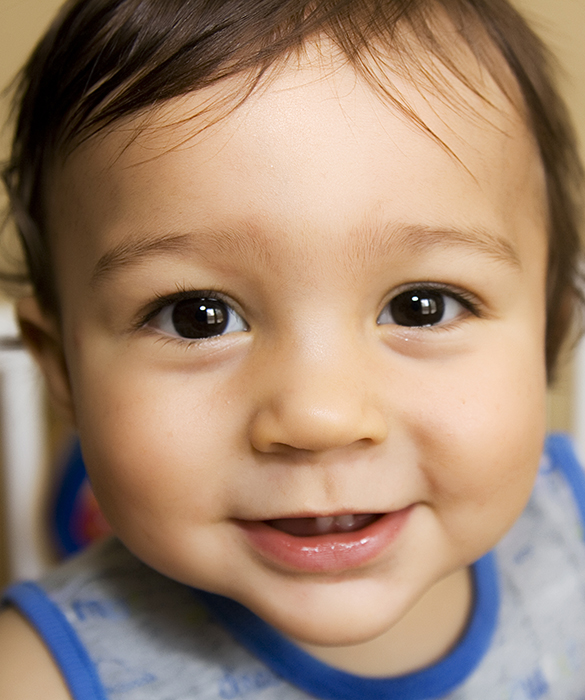
Heritage: it's something inherited at birth, but as a parent you will want to take an active role in teaching your child the rich culture that is his or her birthright. Here are 10 ways to ground your baby in family tradition from day one to ensure their roots run deep!
You can start earlier than you think!

Don't wait until baby is born to start teaching your heritage language. Research shows that babies can learn language sounds in the womb, so set them on the path to bilingualism by talking to them early and often.
What's in a name?
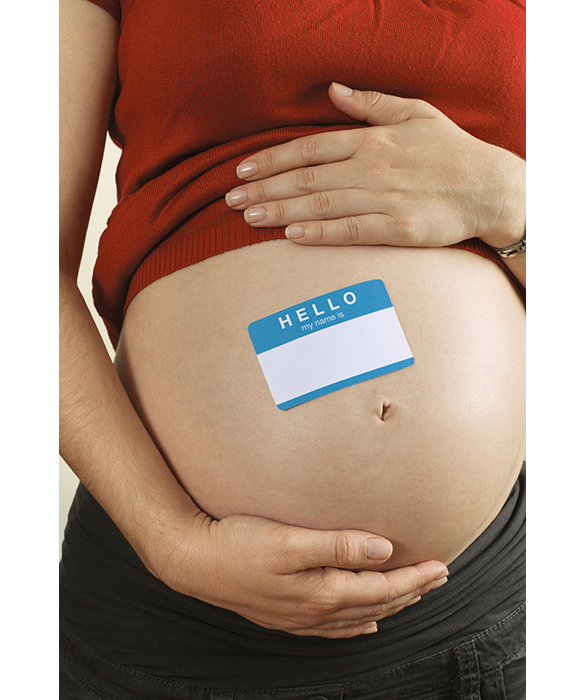
A name is one of the first things your baby will learn to identify as being a part of who they are, so why not choose a name rooted in your culture? Make the name extra special by choosing one that belonged to a favorite abuela or other ancestor.
Lullaby and goodnight
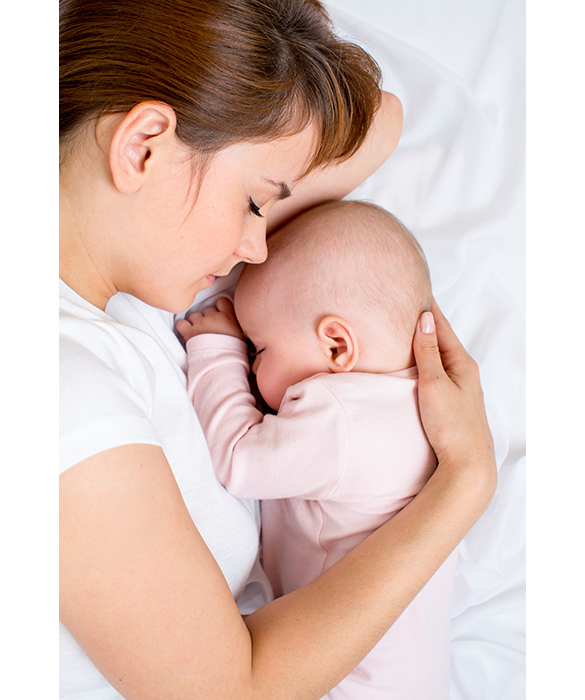
Let the last words your baby hears before drifting off to sleep be the same ones your mother sang to you in a whisper when you were a child. "Duérmete, Mi Niño," "Arrorró Mi Niño" and "Cielito Lindo" are a few sweet Spanish-language lullabies to get you started.
Traditional dress
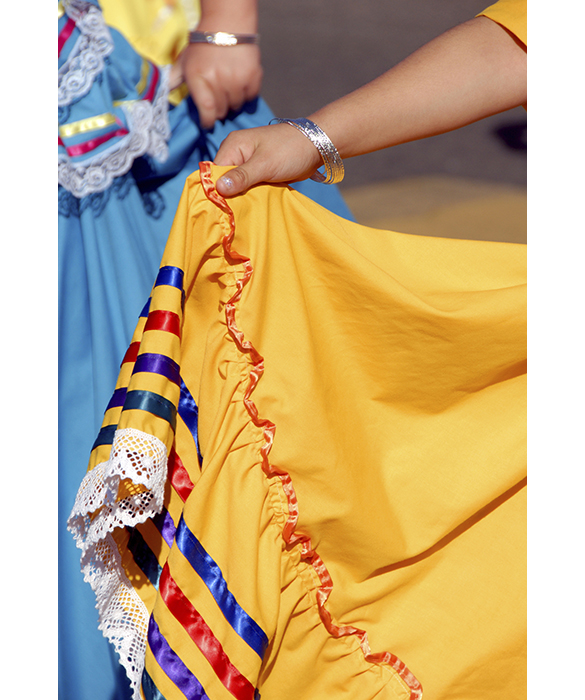
Maybe it's a shirt that belonged to your husband, or a hand-embroidered dress that belonged to you, maybe it's a brand new outfit sent by relatives living far away; Dressing your child in clothing with personal or cultural history is a great way to teach them about their heritage. Even a modern T-shirt with a fun Spanish phrase can be special. Remember to break out the camera so your child can look back on the photos in the future.
Story time
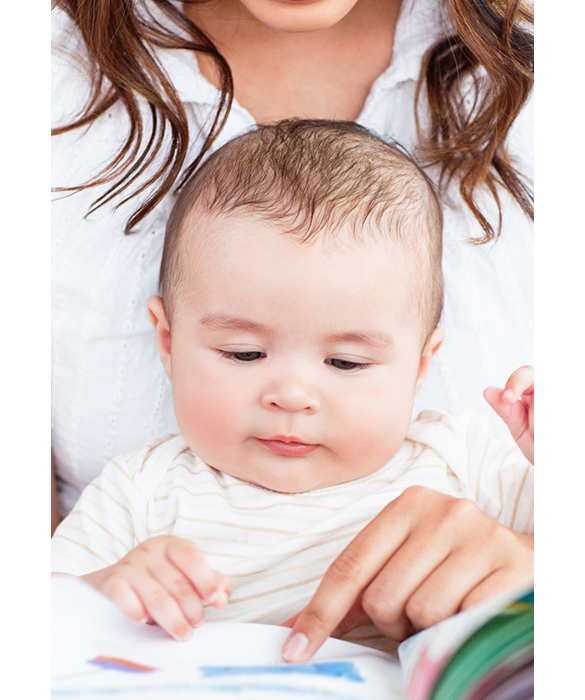
There's nothing wrong with "Little Red Riding Hood" or "Goldilocks and the Three Bears"—these stories are part of our child's heritage as an American—but don't forget to mix things up by reading or telling them traditional Latin American stories, perhaps the same ones that were told to you! Here’s a great list of bilingual books to share your culture and heritage during story time.
First foods
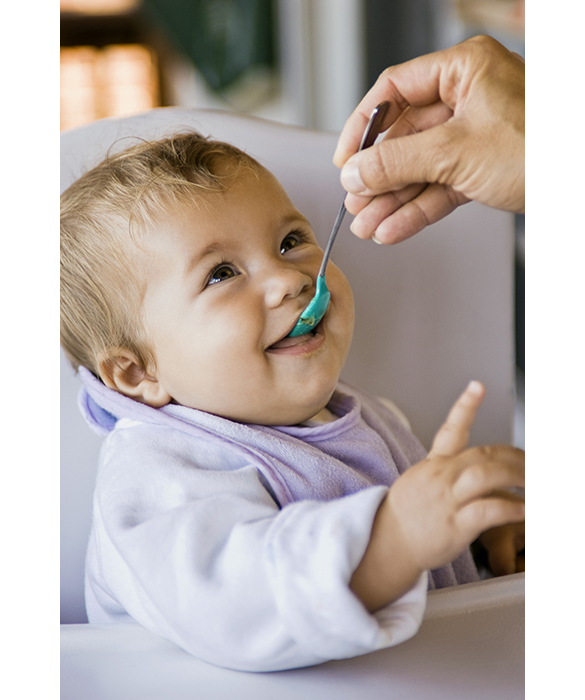
In the United States, traditional first foods for babies beginning to eat solids include things such as rice cereal and pureed banana, but these aren't the only safe foods you can feed your infant. In Latin America babies are often given softened, mushed and less spicy versions of whatever the rest of the family is eating. Talk to your doctor about which foods are safe to feed to your baby and how they should be prepared so that your baby develops a palette accustomed to the foods of her heritage country.
Time to play!
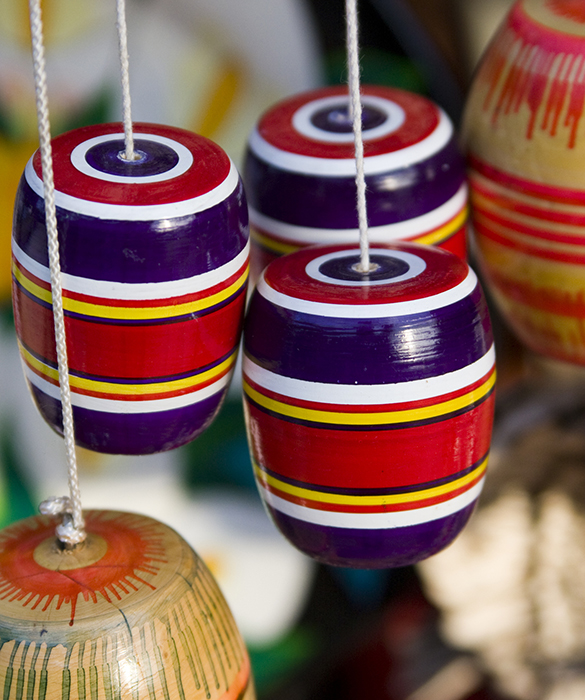
Do you remember sitting on your mamá, papá, abuela or abuelo's lap and playing silly hand games? Which games did you play? "Qué Linda Manita" and "Pon, pon, pon" are traditional favorites your baby will enjoy while learning the Spanish words you sing.
May I have this dance?
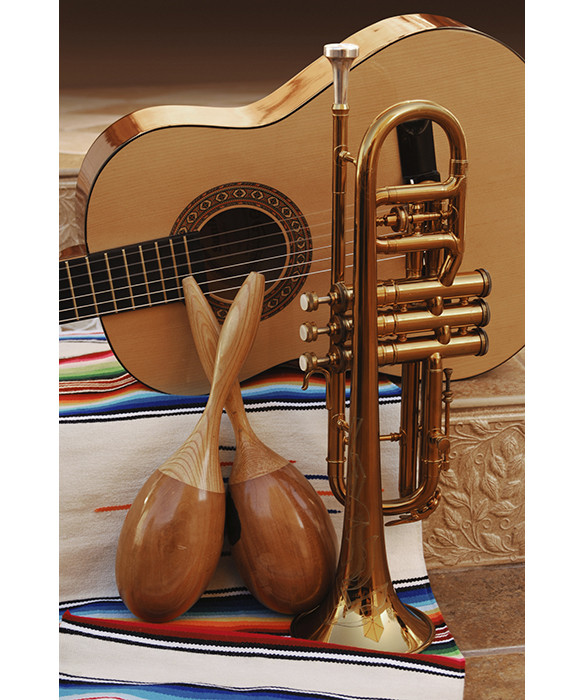
Music is such an integral part of all cultures, and Latin American cultures are no exception. Whether you choose a classic genre that represents your baby's heritage country such as cumbia for Colombia, or bachata for the Dominican Republic, versus a modern genre such as rock en español, your baby is sure to move to the beat. When your child is old enough to sit up and hold onto things, let them play along to the music with maracas, bongo drums and other percussion instruments which are easy for little hands to try.
Holiday traditions
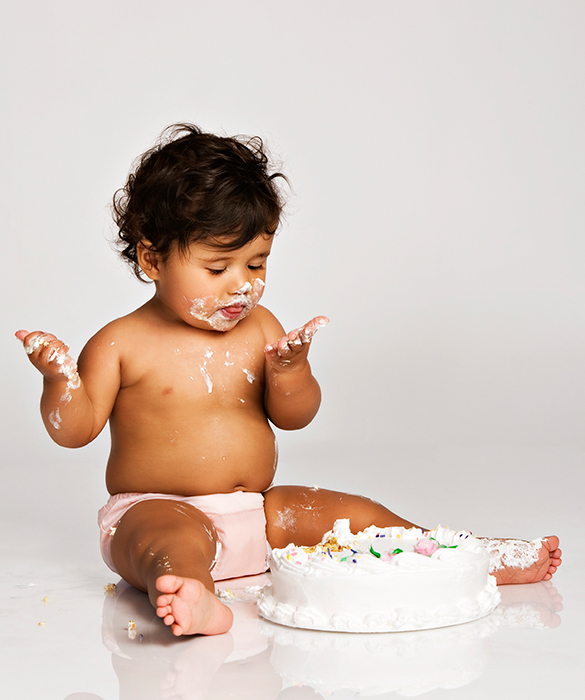
Nochebuena, Semana Santa, Día de la Independencia, Hispanic Heritage Month, Día de los Muertos: There are holidays steeped in tradition worth celebrating year-round, so make the most of them, and don't forget birthday traditions on the day of their first cumpleaños!
Familia
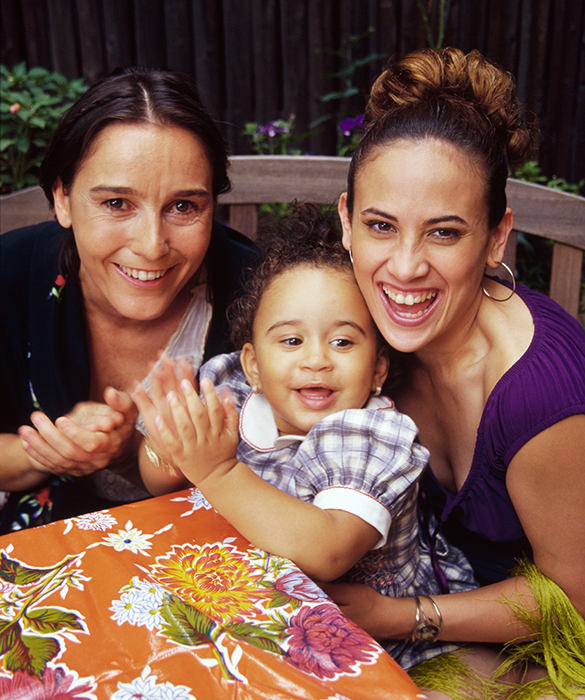
Heritage is about who you are and where you came from. What better way to teach your child about themselves than to surround them with family? Besides, your mamá, abuela and tías are excellent resources for things you've forgotten and want to pass on; from the words to a cherished lullaby, to the secret ingredient in a family recipe—your loved ones will help your baby grow into who she is, and remind you of the value of tending your own roots, as well.

